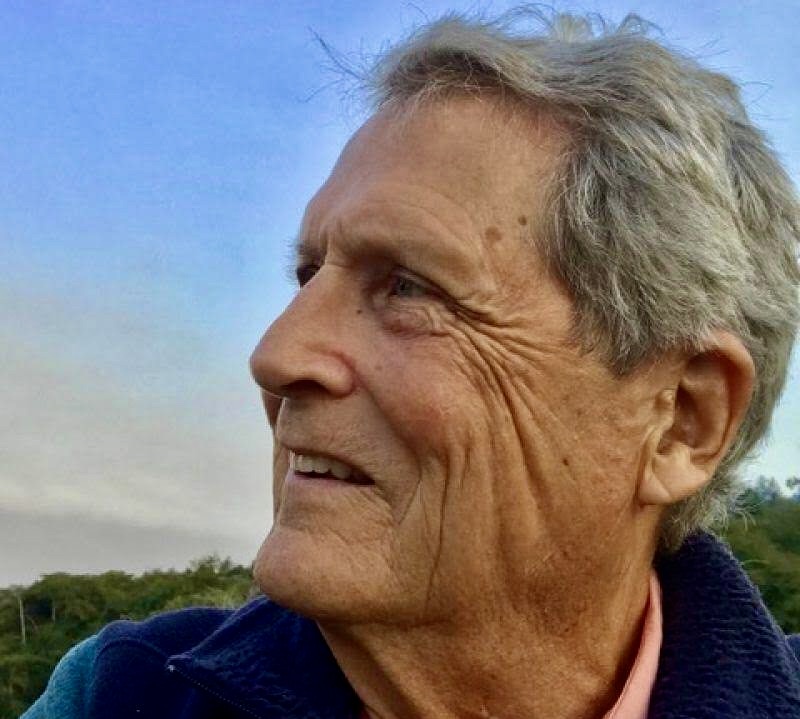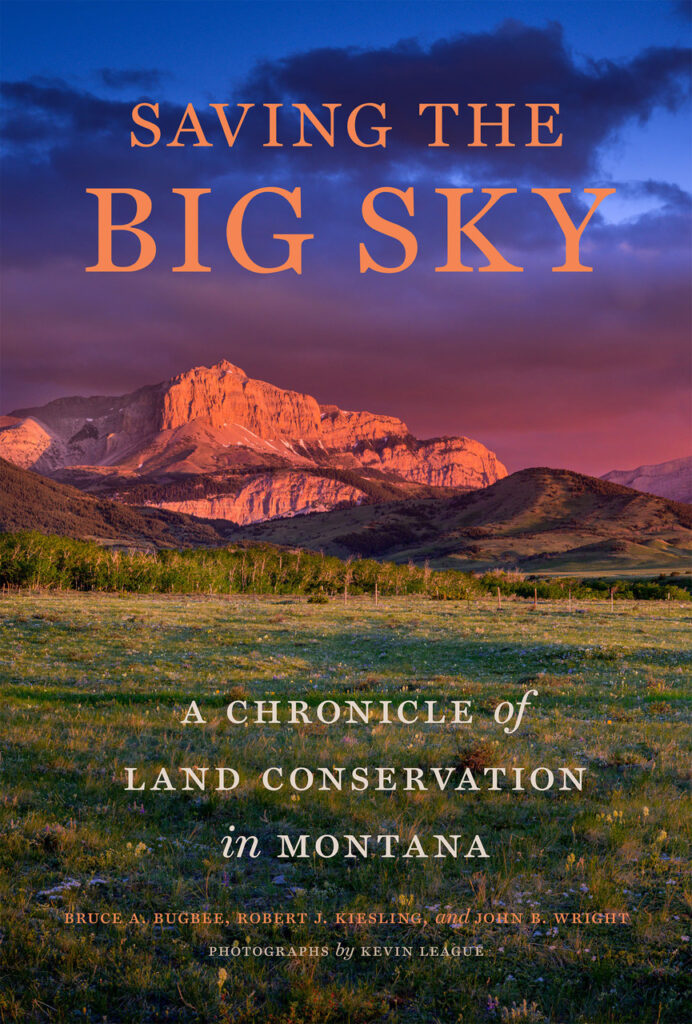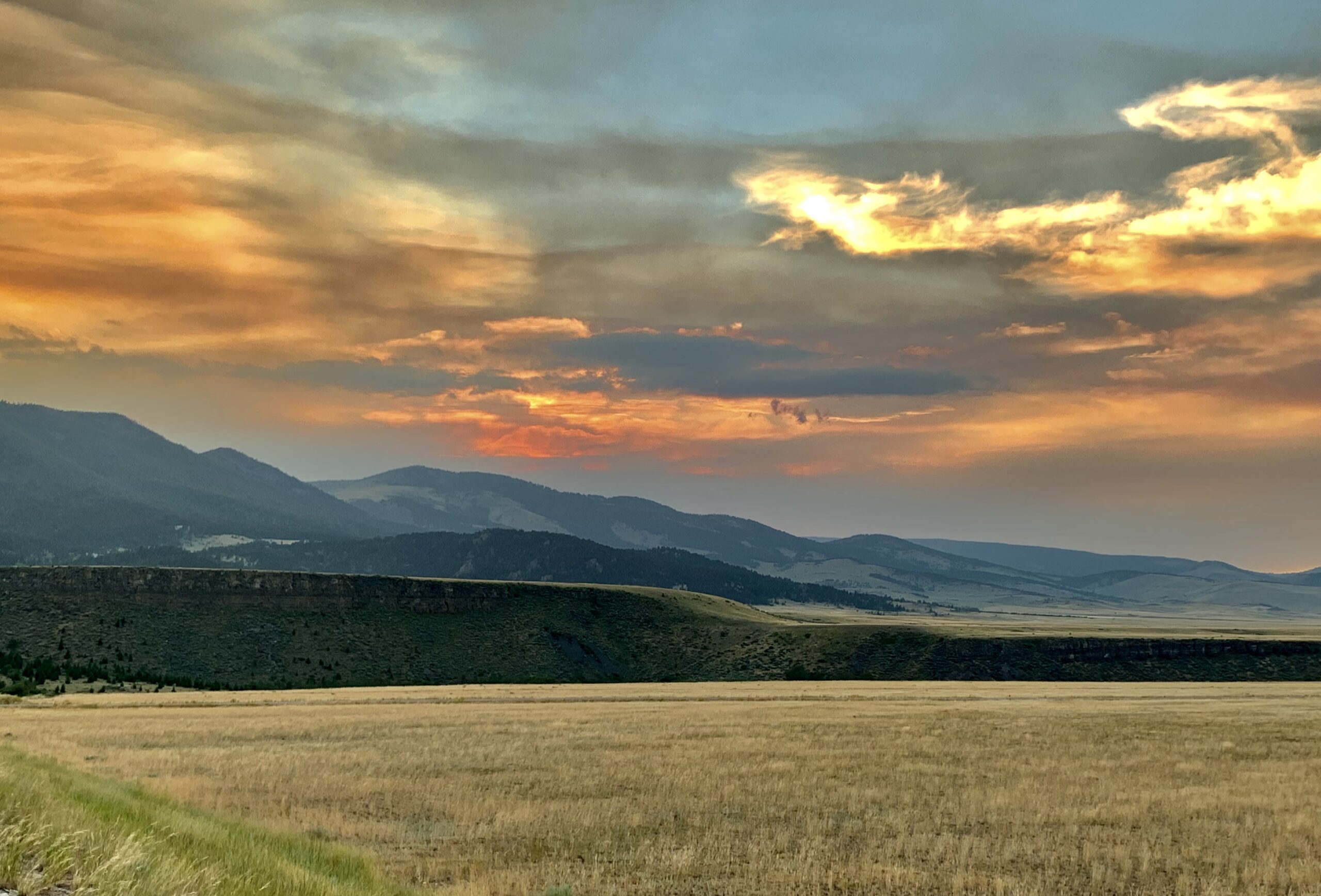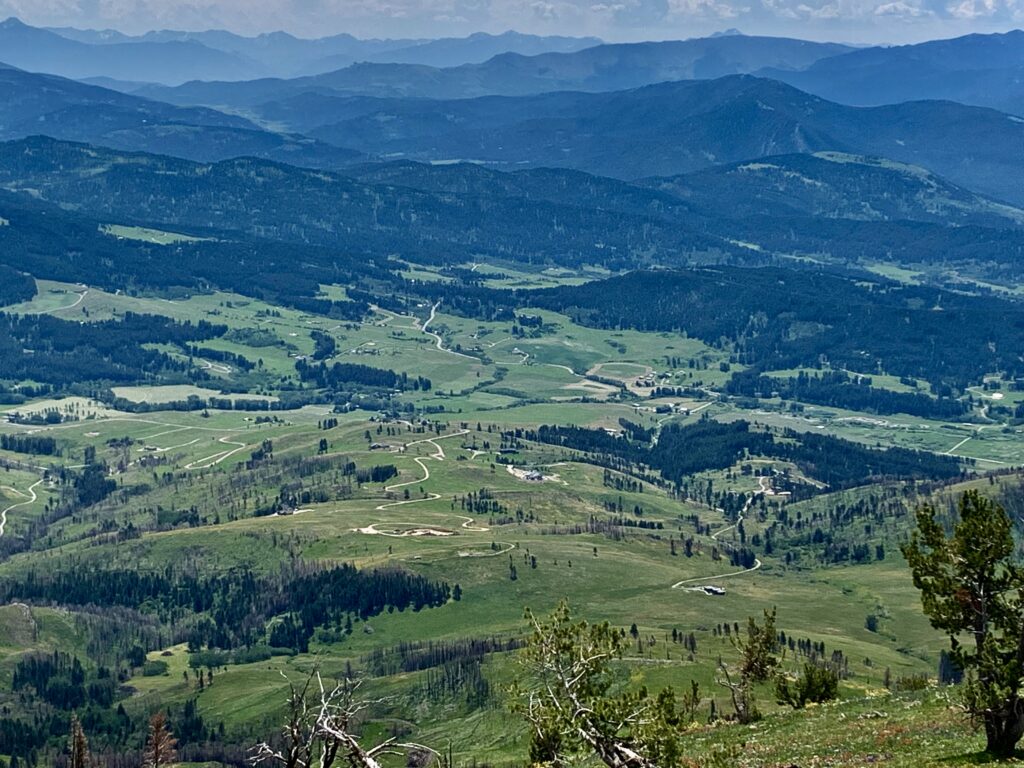EDITOR’S NOTE: Robert “Bob” Kiesling is well known in the Northern Rockies for being a connector. While forging personal relationships with multi-generation farming and ranching families and helping to keep many on the land, he has served another role. When families reach the end of their tenure, and the new generations no longer want to stay in agriculture, Kiesling has worked as a realtor to help find conservation buyers to make sure those vital natural lands are never turned into subdivisions. Below is an essay Kiesling wrote for Yellowstonian that focuses on the Madison Valley but the same concerns apply to every mountain valley stretching from Greater Yellowstone to the Canadian border. He fears that the Madison’s legacy as a shining, globally-renowned star of private land conservation and wildlife protection could be diminished if plans are not put in place to deal with intensifying development pressure.
By Robert Kiesling
A look back over the past half century brings into focus that there was no private land conservation occurring in the Madison River watershed—or anywhere else in Montana—until the decade of the 1970s.
It wasn’t until the Montana Open Space and Voluntary Conservation Easement Act became law in 1975 that the principal tool for private land conservation opened the door for formal, voluntary, and permanent private land protection. In hindsight, one can see that many other events of that decade created a powerful context for a statute like the Easement Act to pass.
Montanan citizens then and now greatly value protection of our natural landscapes, the wildlife and rural people who inhabit them. There isn’t an opinion poll out there that doesn’t confirm this.
But today we live in different times. At these very moments when foresighted, incentive-based conservation is more necessary than ever, amid growth issues that are negatively transforming the western valleys of our state forever, the signals being sent from lawmakers in Helena are sending us in reverse.
Are we willing to let the Montana we love slip through our hands?
The first Earth Day (in April 1970) stimulated a blossoming of environmental consciousness nationwide. Montana adopted a new, environmentally-friendly and much-touted Constitution in 1972. It came roughly a century after the Copper Kings, tied to outside exploitive investors, left behind a legacy of land despoilation that we are still trying to address.

After Montanans wrote and codified a new modern Constitution, the Endangered Species Act nationally became law in 1973. Riding the wave of heightened environmental awareness, non-profit land trusts were born in the 1970s, 80s, and 90s to address the growing demand for neighborhood and regional open space and habitat protection, public trail systems, watershed enhancements, etc. We enjoy the benefits and the courageousness of the vision of earlier conservationists. But what will be our conservation legacy and who is willing to stand up to the 21st century versions of the Copper Kings exploiting our private lands but imposing financial and ecological costs on things treasured by the public?
The Madison River watershed benefited greatly from the harmonic convergence of many of these ingredients mentioned above. Perhaps the best example of this came with the establishment of the Montana Land Reliance, a state-wide land trust born in 1978. One of the earliest conservation easements the fledgling organization accepted protected spring creek, open range, and riverfront resources in the heart of the Madison Valley.
Sensing more opportunities to protect key water and wildlife treasures, the Land Reliance worked to educate more landowners about the mutual benefits of preserving land, livelihoods, and lifestyles of landowners long smitten with their love of place.
Success can be contagious. Soon enough there was a bandwagon effect that gradually drew evermore landowners into formally protecting their heritage with conservation easements. Today, those landowners are venerated as heroes and they will be forever remembered as such for safeguarding the Montana we Montanans love, not the fiction that outsiders are trying to manufacture.
By the end of 2023, the Montana Land Reliance alone and its private landowner partners had protected over 120,000 acres with 78 easements scattered throughout the Madison River watershed.
Other non-profits like the Gallatin Valley Land Trust and The Nature Conservancy have jumped on the bandwagon as well, expanding the extent of conservation in the Madison watershed and elsewhere throughout the Greater Yellowstone Ecosystem. They’ve been joined by the Rocky Mountain Elk Foundation and the Trust for Public Land and local land trusts that have sprouted in many valleys.
In the Madison, easements combined with other responsible stewardship of private property have created a core of protection that enables the Madison to stand in contrast to other valleys where rural culture and wildlife is fast dwindling. But in order to preserve the valley’s world-class wildlife populations and corridors, the scenic open space and sense of identity, it is critical that strategic thinking be implemented sooner rather than later.

Ironically, if the 1970s were pivotal in shaping the nascent conservation movement in Montana, so too did the 70s (and the decades since) usher in an era of spasmodic growth and development, producing intensifying pressures on the very landscapes that were/are most in need of conservation. Montana is no longer remote and isolated. Its physical beauty, the allure of natural attractions like Yellowstone National Park, developed outdoor recreation amenities like the Big Sky Ski Resort, and millions of acres of public lands combined to make the region a coveted destination.
Previous growth spasms, sparked occasionally by cultural phenomena like the movie A River Runs Through It, have given way to steady, seemingly inexorable growth with micro bursts of stimuli such as urban flight from Covid and the hit TV series Yellowstone. Unfortunately, the development that has occurred as a result is permanent.
What does all this mean for the future of extraordinary places like the Madison River Valley? Historically, as the record has been written in other places, the forces of growth and development have always outpaced the efforts to conserve landscapes. Of all the threats to the Greater Yellowstone Ecosystem, of which the major rivers flowing off of the Yellowstone Plateau are crown jewels, the fragmentation of the river watersheds via rural subdivision, roads, power transmission corridors, etc. is the most worrisome. The same destructive forces can ruin the flow of our wildlife.
Sure, the Yellowstone Caldera could blow its top once again, or we might see infestations of knapweed, leafy spurge and cheat grass completely take over the range and grasslands of the river valleys, but in our lifetime, land fragmentation is the single biggest threat deserving our greatest attention. The upshot is that we can thoughtfully manage it, as long as there is a will and public support to do so—no different from the kind that brought forth the first law that set in place the innovative, incentive-based approach to protect private land via conservation easements.
We need to exponentially ramp up coordinated and systematic conservation efforts just to keep pace with the juggernauts of growth. Ironically, both conservation and development impulses are driven by a love of landscapes. We need to harness those love forces intelligently in both directions. Action cannot wait.
ALSO READ:
Meet The Real Madison—And Why It’s Called ‘A Mini-American Serengeti’
Refusing To Surrender Wild Ground
New Scientific Study Focuses On Largest Threat To Greater Yellowstone’s Iconic Wildlife







